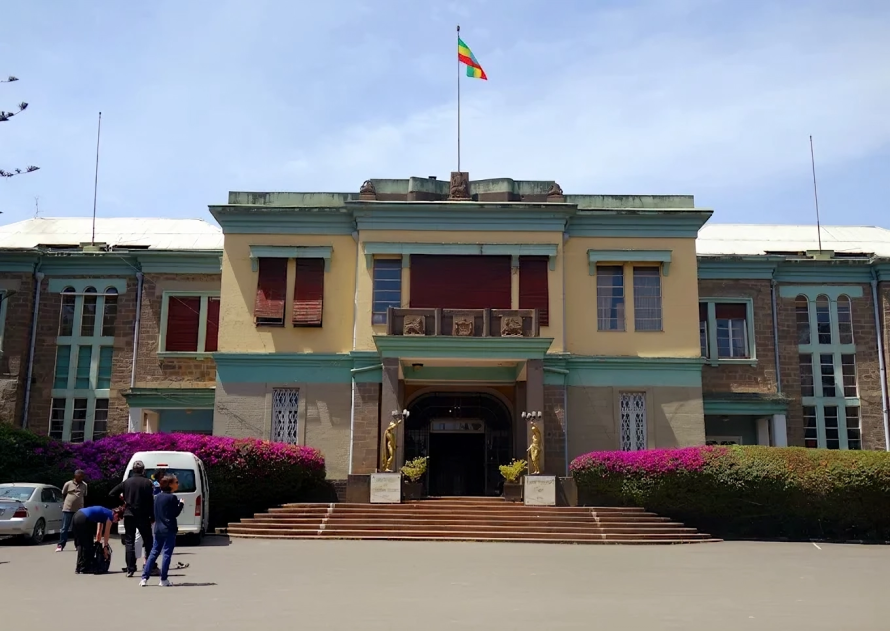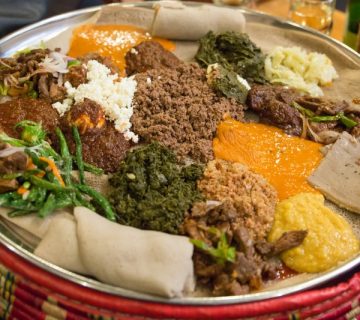Ethiopia is one of Africa’s most fascinating destinations, offering a unique blend of ancient history, diverse cultures, and breathtaking landscapes. From the rock-hewn churches of Lalibela and the dramatic peaks of the Simien Mountains to the colorful tribes of the Omo Valley and the historic walled city of Harar, Ethiopia promises an unforgettable adventure.
If you’re planning your first trip, here are essential travel tips to help you prepare, stay safe, and make the most of your journey.
1. Visa and Entry Requirements
Most travelers need a visa to enter Ethiopia. You can apply online for an e-visa (valid for 30 or 90 days) or get a visa on arrival at Addis Ababa Bole International Airport. Make sure your passport is valid for at least six months beyond your arrival date.
2. Best Time to Visit
The ideal time to visit Ethiopia depends on what you want to see:
- October to March: Dry season, perfect for trekking, cultural tours, and historic site visits.
- July to September: Rainy season, but it’s also when the landscape is lush and green. Festivals like Meskel (September) are worth experiencing.
3. Health and Safety
- Vaccinations: Yellow fever vaccination may be required if you’re coming from a country where the disease is present. Routine vaccinations and malaria prophylaxis are also recommended.
- Water & Food: Drink bottled or filtered water and eat freshly prepared food to avoid stomach issues.
- Travel Insurance: Always carry comprehensive travel insurance that covers medical emergencies and trip delays.
4. Money Matters
The local currency is the Ethiopian Birr (ETB). ATMs are available in larger cities, but in remote areas, cash is essential. Credit cards are not widely accepted outside Addis Ababa and major hotels.
5. Getting Around
- Domestic Flights: Ethiopian Airlines offers affordable domestic flights, which save time when traveling between regions.
- Road Travel: For southern Ethiopia and tribal areas, a 4×4 vehicle is often required.
- Public Transport: Minibuses and shared taxis exist but can be crowded and confusing for first-time visitors.
6. Cultural Etiquette
Ethiopians are warm and welcoming, but it’s important to respect local customs:
- Greet people with a handshake and sometimes a shoulder touch among friends.
- Dress modestly, especially when visiting churches and rural communities.
- Always ask permission before photographing people, particularly in the Omo Valley.
7. Food and Drink
Ethiopian cuisine is an adventure in itself!
- Injera (spongy flatbread) is the staple, often served with stews (called wot) and vegetables.
- Eating is communal—meals are typically shared from a large plate.
- Don’t miss an Ethiopian coffee ceremony, a social and cultural highlight.
8. Language Tips
Amharic is the official language, but there are over 80 languages spoken. In tourist areas, English is widely understood. Learning a few basic greetings in Amharic, such as “Selam” (hello), will always be appreciated.
9. Connectivity
SIM cards are affordable and available through Ethio Telecom. Internet can be slow in rural areas, so plan accordingly if you rely on online access.
10. Respect the Pace of Travel
Ethiopia is vast and varied. Don’t try to see everything in one trip. Focus on either the Historic North, the Cultural South, or the Eastern heritage cities if your time is limited.
Final Thoughts
Traveling in Ethiopia is a journey through time, culture, and landscapes unlike anywhere else in Africa. With a little preparation and an open mind, your first visit will be an unforgettable adventure filled with warm hospitality, unique experiences, and lifelong memories.

 then 'Add to home screen'
then 'Add to home screen' then 'Add to home screen'
then 'Add to home screen'

